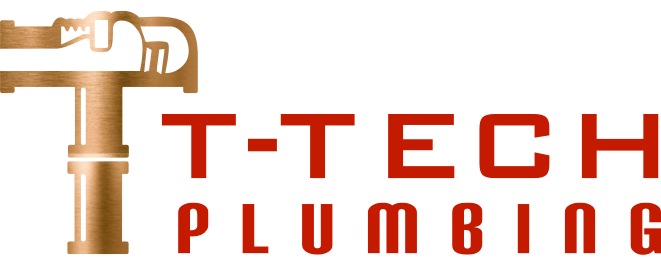Ever wondered what happens after water swirls down your shower drain? In Sydney and New South Wales, where efficient plumbing is essential, understanding the anatomy of your shower drain and how blockages form can help you prevent costly emergencies and keep your bathroom clean and functional.
The Anatomy of a Shower Drain:
- Drain Opening: The visible opening in your shower floor where water enters the drainage system.
- Strainer: A removable cover that sits over the drain opening, designed to catch hair, soap scum, and other debris to prevent clogs.
- Drainpipe (also called a Waste Pipe): The pipe that carries wastewater from the shower drain to the main sewer line.
- P-Trap: A U-shaped pipe located beneath the shower drain. It holds a small amount of water to create a seal that prevents sewer gases from entering your bathroom.
- Vent Pipe: A vertical pipe connected to the drainpipe that allows air to enter the system, preventing pressure buildup and ensuring proper drainage.
How Blockages Form:
Over time, various materials can accumulate in your shower drainpipe, leading to blockages:
- Hair: Hair is a primary culprit, combining with soap scum to form a stubborn clog.
- Soap Scum: Soap scum, a combination of soap, minerals, and body oils, can build up on pipe walls, trapping hair and other debris.
- Foreign Objects: Small items like jewelry, cotton balls, or even children’s toys can get lodged in the drainpipe.
- Mineral Buildup: Hard water can leave mineral deposits in the pipes, restricting water flow and contributing to blockages.
The Blockage Process:
- Initial Buildup: Hair, soap scum, and other debris start to accumulate on the strainer and inside the drainpipe.
- Slow Drainage: As the buildup increases, water drains more slowly. You might notice water pooling around your feet while showering.
- Partial Blockage: The drain becomes partially blocked, causing gurgling sounds and further slowing drainage.
- Complete Blockage: Eventually, the buildup completely obstructs the pipe, preventing water from draining and leading to a backup.
Preventing Blockages:
- Install a Drain Strainer: A strainer or hair catcher can prevent most hair and debris from entering the drain.
- Regular Cleaning: Flush the drain with hot water weekly and use a natural drain cleaner or baking soda and vinegar mixture monthly to prevent buildup.
- Mindful Disposal: Avoid rinsing hair clippings or other debris down the drain.
TTech Plumbing: Your Sydney & NSW Drain Experts
If you’re experiencing a blocked shower drain in Sydney or New South Wales, contact TTech Plumbing at 0450 848 991. Our licensed plumbers can quickly diagnose and clear any blockage, ensuring your shower is back to draining freely in no time.
Keywords: shower drain blockage, drain cleaning Sydney, drain cleaning NSW, plumbing anatomy, emergency plumber Sydney, emergency plumber NSW



